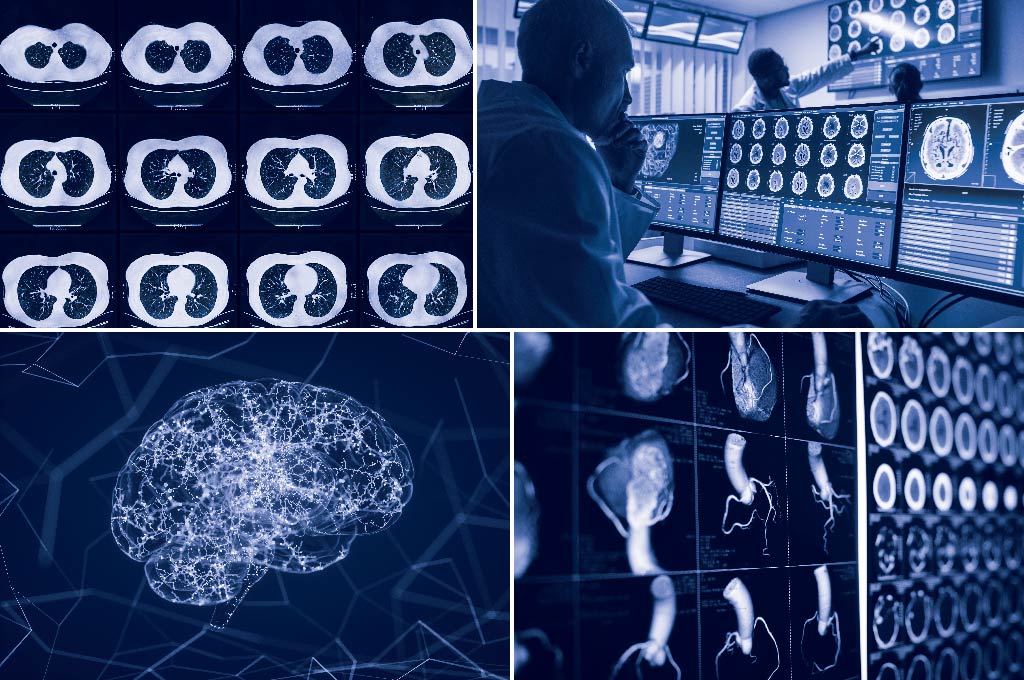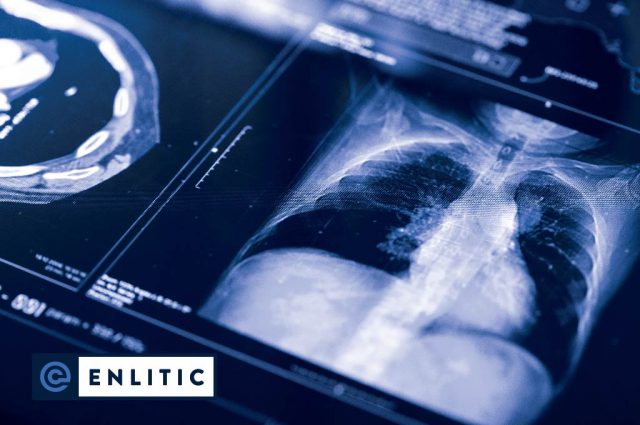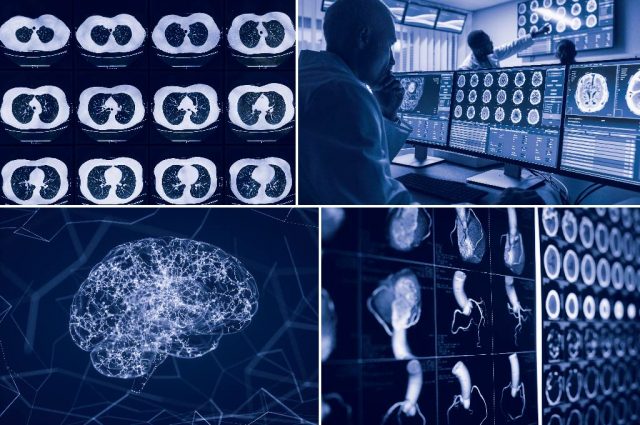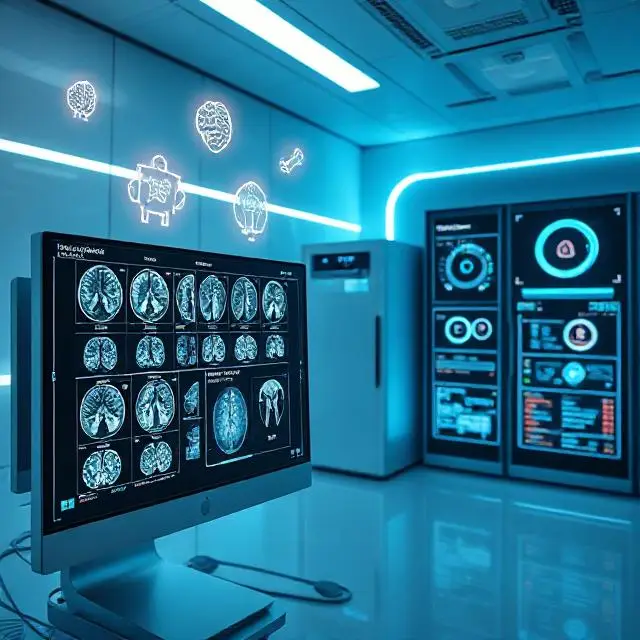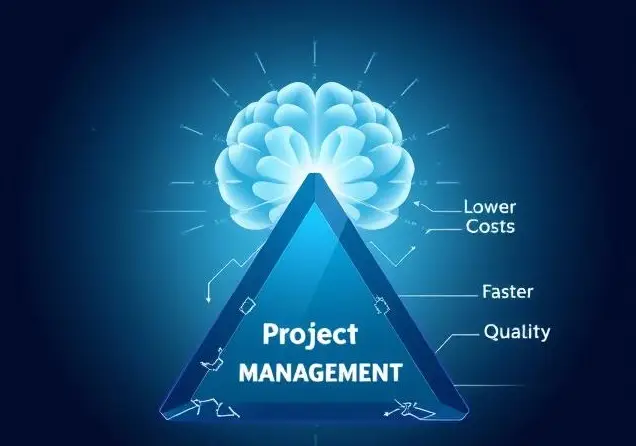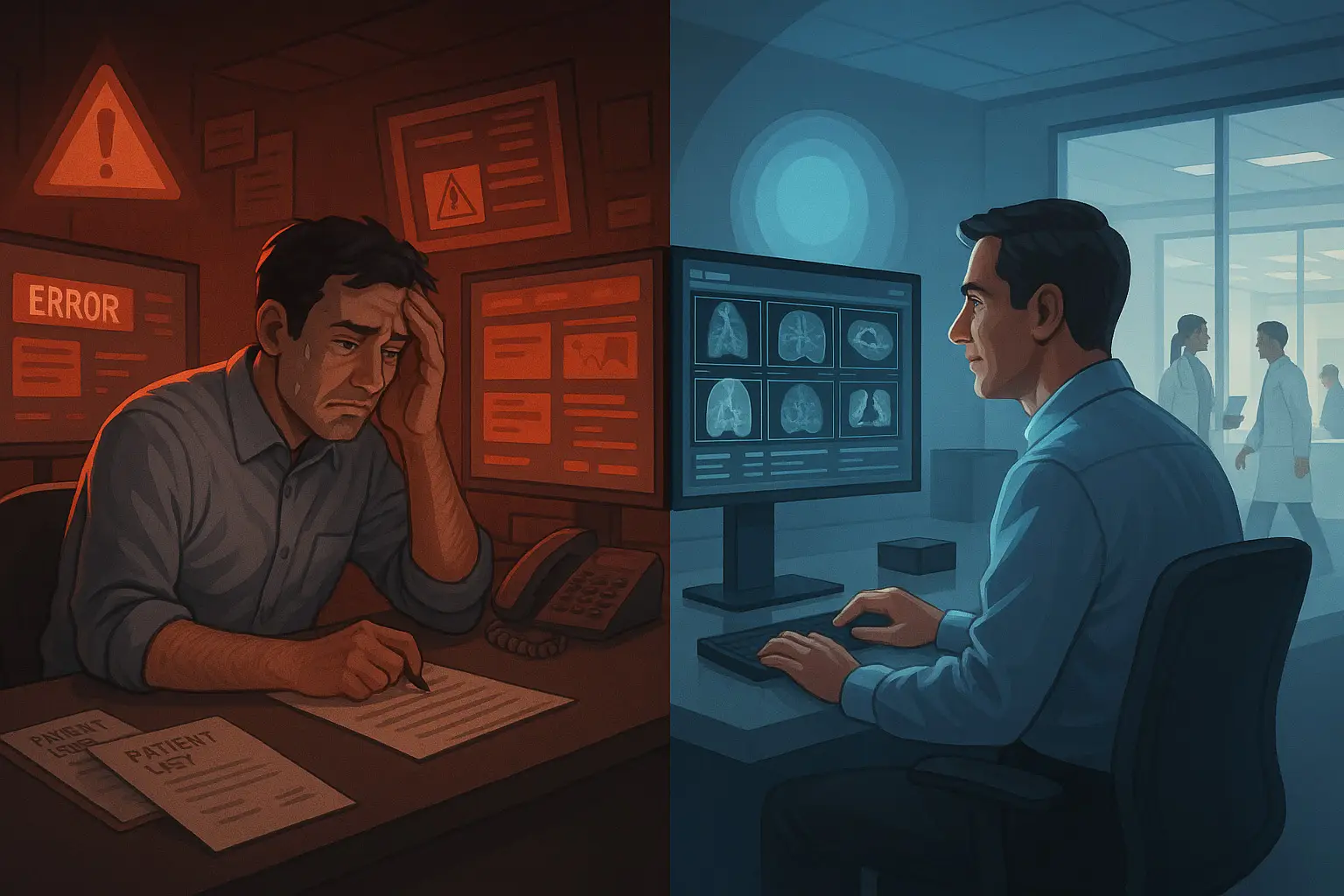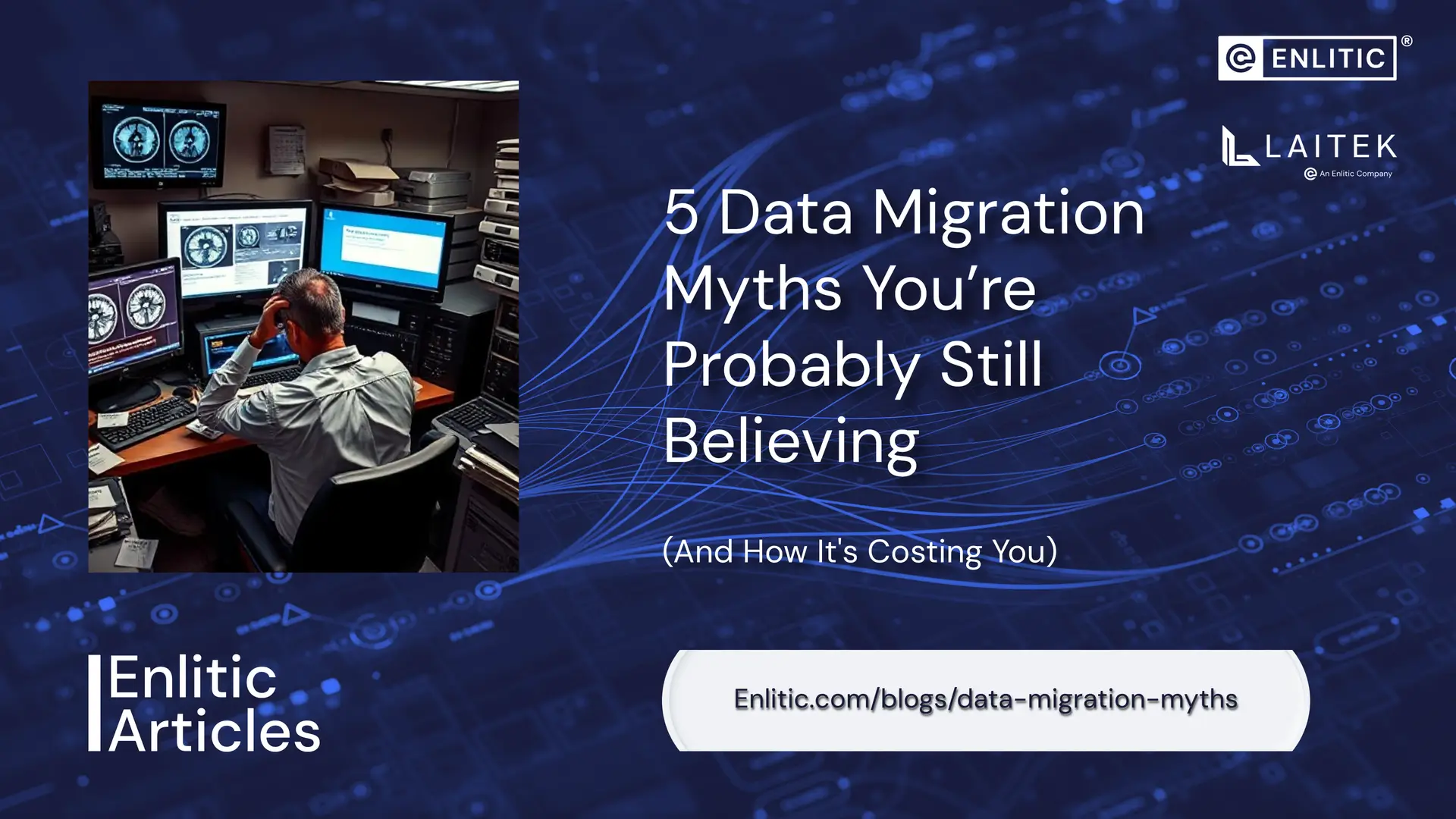Guest Blog: Rocky Lien, Senior Clinical Product Manager, Enlitic
Early Days – Radiology Workflow Changes
Early in my career in the radiology world, I was a PACS Administrator and a Film Library Manager. I was on both the analog and digital side of things during this transition in radiology. There was a steep learning curve for everyone and change management was tough. Radiologists had grown up with film and were used to having their films displayed in a particular manner. With the transition to digital, there was an expectation that the computer would reproduce this same arrangement and whenever that didn’t happen, they would need help. I would either get a page or a phone call, or I would hear my name called out down the hall. It didn’t matter if they were right clicking when they meant to be left clicking or if a vital image delivery system component wasn’t responding. It was clear that managing this change would be filled with challenges of all sizes.
When it came to the digital transition, I think of all the times that I had to go in and tweak somebody’s reading protocol because something wasn’t displaying correctly. Or worse, I had to tell the Radiologist “Sorry, you’re going to have to do this manually. You’re going to have to move this image manually.” They were justified in not wanting to do this – why have an expensive PACS if they must do extra manual work? So, I ended up hiring additional staff. Their job within the radiology workflow was to open the studies, move content where it was supposed to go, save the study, and then close it. This way, when the radiologist opened it, everything was already arranged for them.
The PACS Vendor Perspective
I moved to the vendor side in 2001 and worked with a major PACS vendor for 20 years. Starting out as a project coordinator, I was on site a lot. I would work with sites to ensure that they were getting all that they could out of our software, the PACS, we were implementing. At this time, Radiologists had a sort of mixed media experience, within their radiology workflow, where they would read a study from a computer, but comparisons were still on film. I would configure workstations with monitors in front, and an x-ray view box off to the left and it was awkward having this bright light right next to where someone is trying to read a computer screen. Later, I traveled to Alaska for 3 days to solve a problem I was able to correct in 7 minutes. This is a great example of how complicated and frustrating systems are when they don’t work well together. People don’t want to deal with the back and forth, they just want a solution. Addressing and working through these issues was a big part of what I did as a project coordinator. It soon became clear that tasks like displaying a study or producing a report, both of which sound like straightforward radiology workflows are done very differently from site to site and expectations of the Tech, Clerical Staff or Radiologist vary drastically.
Having a clinical background peppered with some technical experience helps me engage the product management process, while keeping the patient and user front and center of everything I do. That’s something that I feel is a guiding perspective – remembering this work we’re doing is about helping somebody’s grandmother, somebody’s spouse, somebody’s child.
The Enlitic Perspective
Indirectly we are impacting patient care today. We are making it possible for the Radiologist to report their study faster, which in turn benefits all the caregivers and the patient. We’re allowing Radiologists to have a better dataset from which they work. We enable the correct comparisons to be displayed in the PACS viewing workstation.
These studies are being displayed in a way that makes it possible for the Radiologist to report the study with fewer added steps and more clinically relevant data. Reading or hanging protocols today need to be more complex and provide the relevant information needed to help the Radiologist make sense out of what they are looking at. With a lack of data governance this can be difficult and frustrate the Radiologist. I believe that role will remain essential, and its importance will grow with the realization of our goal of a real-world database.
We are currently working on a project to prioritize studies based on pathology or conditions that our models have found in the studies and routing those to a specific Radiologist. That’s huge! Currently, our focus is on chest x-rays and offers benefits ranging from efficient use of Radiologist expertise to hospital cost-savings by routing studies to the most effective readers.
Curie|ENDEX
The biggest value that Endex offers right now, is that it makes it much easier for the Radiologist. When they’re reading a head CT with and without contrast, not using Endex it’s very likely that they would need to rearrange the series until the study is in a readable condition. Essentially, they would have to do a fair bit of setup before they can begin interpreting the study or producing a report. With Endex, we’re standardizing and cleaning up the names of all those series. The PACS now knows “Oh, a series with this name goes here, this series goes there.” The Radiologist doesn’t have to manually do that cleanup and that saves them seconds in their radiology workflow. Seconds matter from a patient’s perspective, a radiologist’s perspective, or the perspective of the practice or the hospital. Those seconds matter because they turn into improved patient results and they turn into dollars, that the hospital can turn into improved care.
A Real-World Database
Earlier, we alluded to developing a real-world evidence platform and database and I don’t think anyone would argue with us that would be something great to have. But it’s also probably something that people aren’t thinking they could ask for. It’s the adage that they don’t know what they don’t know.
Henry Ford is quoted saying, “If I had asked people what they wanted, they would have said faster horses.”. It’s a matter of transitioning your user base’s focus from what they’ve always known to what we believe is going to produce better outcomes. And that’s a big chasm to cross, but it’s something that I’m confident we can do in time.
Being thought leaders in that area, we have a responsibility to lead our customers through the maze and it starts with standardizing the data. If the data is getting standardized, it can then be consistently parsed and accurately stored in a database, opening the possibilities that come from querying and examining that data in a real-world evidence database.
It’s an exciting time to be working at Enlitic. The industry continues to face problems that have lingered from the early days of digital adoption. They persist because previous attempts at solutions were half-measures and applied too late. With today’s technology we will change the way we approach solving these problems by reimagining how we apply all these tools. And in order to do that we have to break some new ground. The experience we offer at Enlitic is already identifying and addressing them, redesigning solutions from the ground up. It’s motivating to think of the potential for positive change; that we’re equipped to uncover answers to questions that have not been asked.

